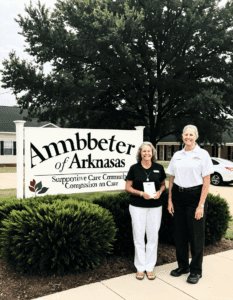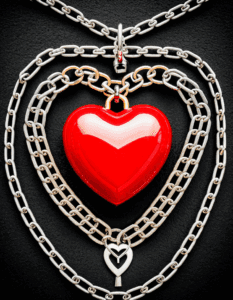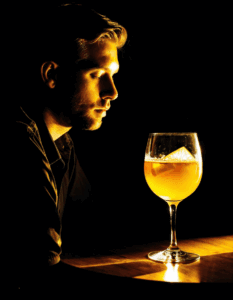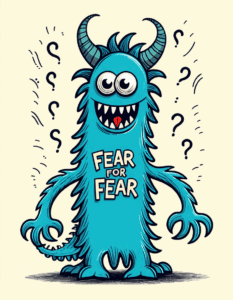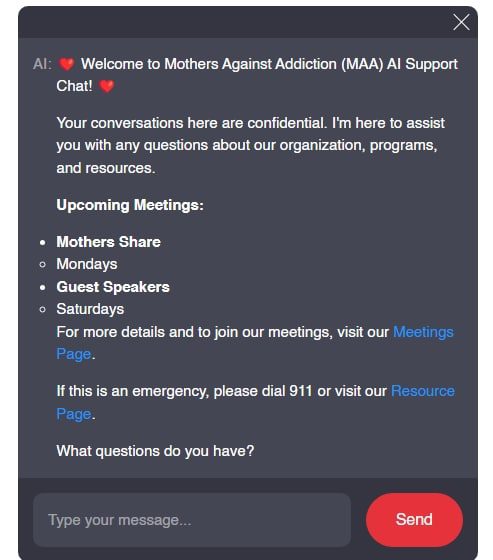Addiction is a fierce adversary, not only for those who are battling it but also for their families, friends, and loved ones. One crucial aspect of this journey is Post Acute Withdrawal Syndrome (PAWS), a condition that can hinder recovery after the initial detox phase has passed. Parents dealing with children struggling with addiction must know how PAWS works and its influence on the recovery journey. Let’s explore the definition, symptoms, and impact of PAWS to better support both individuals in recovery and their families.
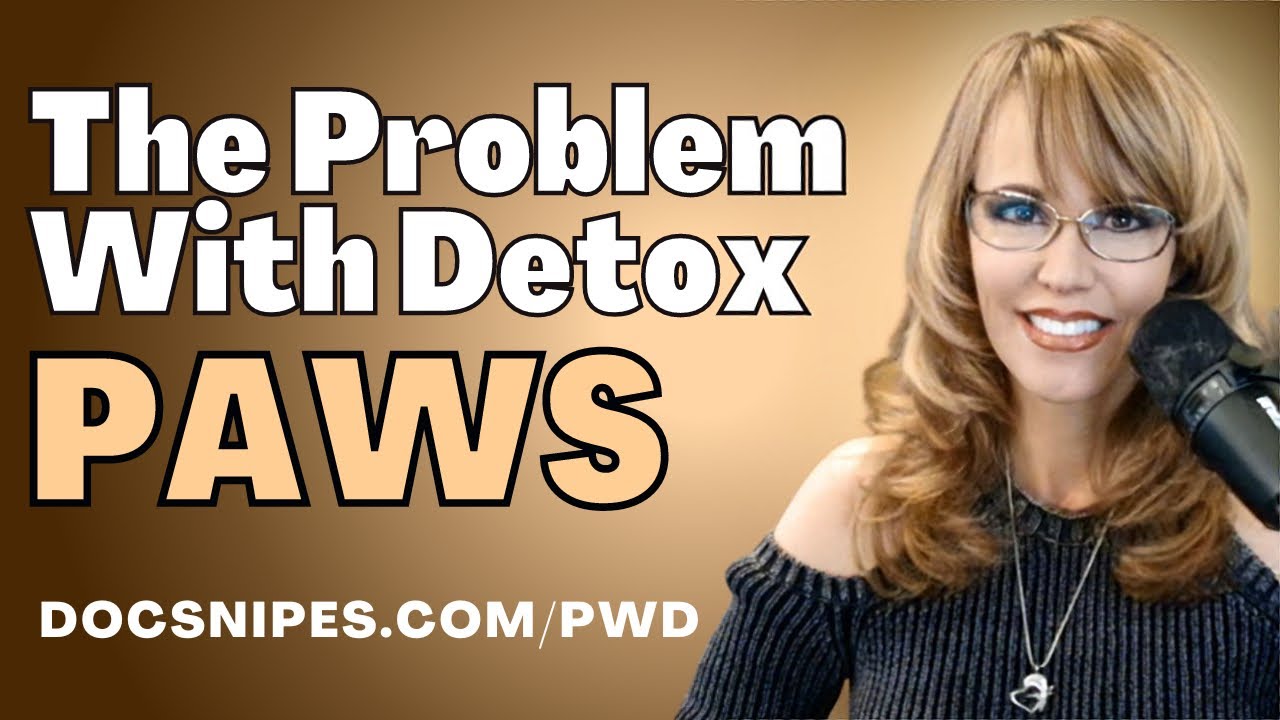
The Complexity of Post Acute Withdrawal Syndrome: Definition and Symptoms
So, what is Post Acute Withdrawal Syndrome? PAWS refers to a set of challenges that people face long after the acute withdrawal stage ends. Unlike the immediate effects of withdrawal, which can be physically excruciating, PAWS is more about mental and emotional health. Think of it as an unexpected guest who shows up well after the party has ended, ready to linger longer than anticipated.
People struggling with PAWS often experience an array of symptoms that can deeply affect their day-to-day lives:
By understanding these challenges associated with post acute withdrawal syndrome, parents and loved ones can equip themselves with the knowledge to support their children in more effective ways.

Top 7 Ways PAWS Influences the Recovery Journey
Individuals battling PAWS often find it exceedingly tough to keep their emotions stable. High-profile stories, like that of Demi Lovato, reveal how emotional swings affect relationships. Lovato has been candid about her challenges with emotional regulation, underscoring the need for strong support during recovery.
Many in recovery report that stress symptoms accompanying PAWS make them yearn for substances again as a coping mechanism. Leslie Jamison, in her book The Recovering, candidly shares her experience with relapse due to PAWS, portraying the relentless rollercoaster faced by many.
Family dynamics can become strained as friends and relatives struggle to comprehend the multifaceted challenges posed by PAWS. Chris Herren, a former NBA player who battled addiction, has openly discussed how his recovery journey strained his relationships with loved ones, exacerbated by unpredictable stress symptoms and anxiety attacks.
Concentration issues brought on by PAWS can affect job performance dramatically. An article from Harvard Business Review highlights the necessity of workplace support systems for employees in recovery. Companies like Starbucks have even initiated special programs to assist employees grappling with addiction recovery.
Many people in recovery notice cognitive deficits like memory lapses or trouble making decisions, which can be worsened by PAWS. Whether navigating daily life or pursuing career goals, these cognitive hurdles can throw a wrench in the works.
Effective recovery often hinges on how individual treatment plans are adapted to address PAWS. Institutions like the Hazelden Betty Ford Foundation emphasize the role of cognitive-behavioral therapy as a method to combat the effects of PAWS.
Seeking help from support groups can create invaluable connections, reducing feelings of isolation while offering practical strategies. Platforms such as SMART Recovery provide recovery resources for individuals grappling with addiction, helping them feel less alone on their journey.

Cultivating Resilience in the Face of PAWS
Facing challenges posed by post acute withdrawal syndrome requires more than just symptom management; it demands a broader strategy aimed at building resilience. Individuals are encouraged to forge a strong support network that facilitates open communication. Sharing experiences can provide relief and make navigating struggles feel less lonely.
Mindfulness practices can also work wonders. Techniques like deep breathing, meditation, and yoga serve as powerful tools for dealing with anxiety attacks and regulating stress symptoms. Finding even small moments of peace can help regain control during tumultuous times.
While PAWS is undoubtedly a difficult part of the recovery saga, addressing it through a holistic approach reveals the emotional and social dimensions that drive addiction. By embracing these challenges and integrating proactive strategies, individuals can transform hurdles into stepping stones on their path to sustained recovery. Remember, navigating recovery alongside PAWS may be tough, but with support, resilience can flourish, leading to a life free from addiction.
In conclusion, at Mothers Against Addiction, we understand just how critical it is for parents to be informed and empowered as they help their children who are battling addiction. If you or someone you know is grappling with severe anxiety or suicidal thoughts in connection to addiction recovery, please reach out. You are not alone; we are here to walk this challenging road together.

Post Acute Withdrawal Syndrome: Fun Trivia and Interesting Facts
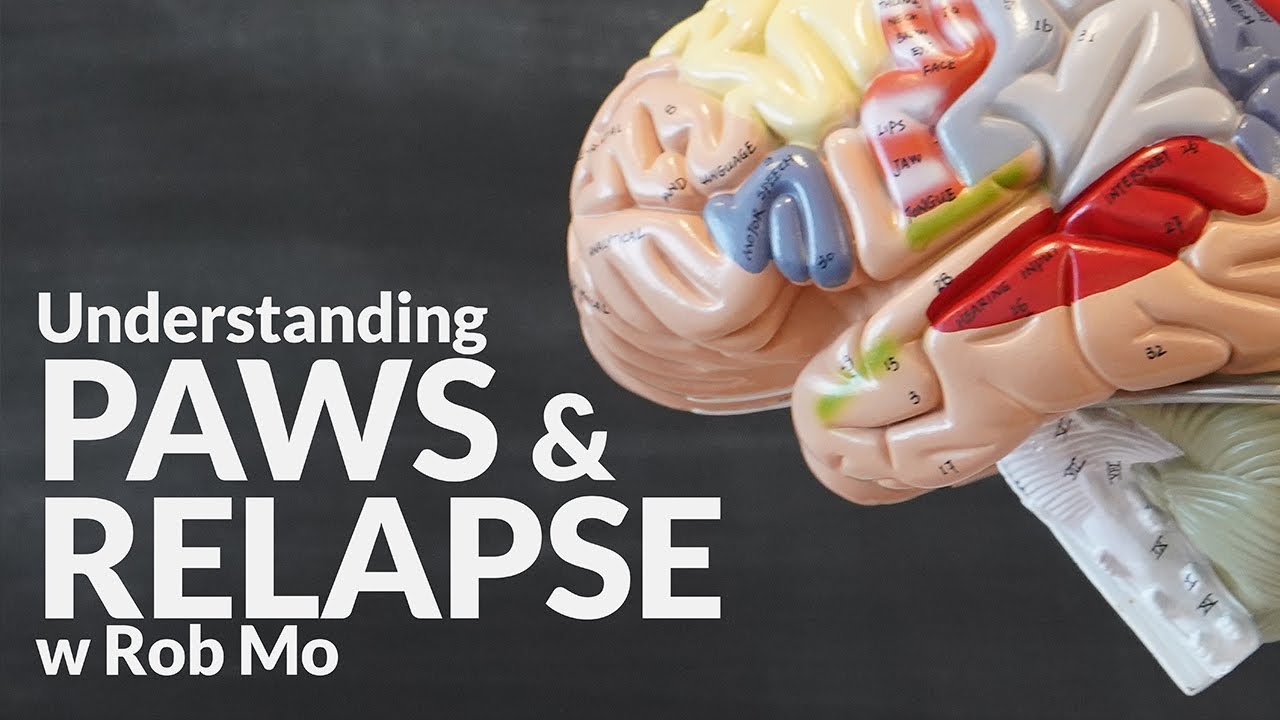
The Impact and Recovery Journey
Did you know that post acute withdrawal syndrome (PAWS) affects recovery stories in surprising ways? This condition can linger for weeks or even months after the initial withdrawal phase from substances. Want some fun trivia? Researchers have found that the brain’s chemistry changes significantly during this period, leading to difficulties such as mood swings, anxiety, and difficulty concentrating. Just like how Monkeys Having sex can teach us about behaviors in social structures, human behaviors during PAWS can offer valuable insights into coping mechanisms.
Understanding Post Acute Withdrawal Syndrome
Perseverance is key in battling post acute withdrawal syndrome, and understanding its symptoms is half the battle. For instance, did you know that around 90% of individuals still find cravings persist months after quitting? This is where a supportive environment comes in handy, like programs available at Banner hospital. Plus, many folks in recovery cycle through feelings of sadness, which, if taken lightly, can dangerously lead to thoughts about suicide Methods.
What It Means for Families
Families often feel the brunt of these effects too. While navigating life with someone dealing with post acute withdrawal syndrome can be challenging, it’s vital to stay informed and supportive. Engaging in discussions about well-being can draw families closer, much like how Lilibet has captured public interest and fostered community conversations. On a lighter note, ever wonder if Kaylor And Aaron are still together? Their relationship can remind us that connection counts through thick and thin, paralleling the support needed during tough times like these.
Each stage of recovery can feel daunting, but immersing in fun facts can ease the weight of heavy topics. Remember that entertainment, such as listening to creators like Cosmo Jarvis, can provide a much-needed distraction. Recovery isn’t just about political correctness; it’s about strategies that can help manage stress, such as recognizing the suicide definition to help identify red flags in yours or a loved one’s behavior. So, if you or someone you care about is dealing with post acute withdrawal syndrome, don’t hesitate to seek help and resources.






